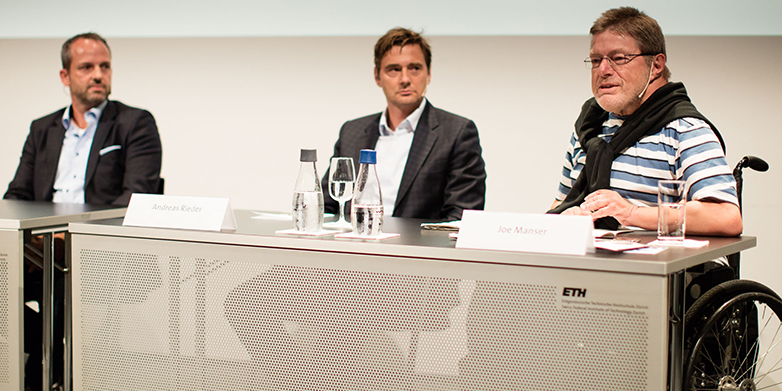Breaking down the barriers in our minds
What role does technology play in equality for people with disabilities? Experts and scientists have been discussing this question in the run-up to the world’s first Cybathlon at ETH Zurich.
All the participants in the panel discussion, which was moderated by Niklaus Walter, Head of the Science section at SonntagsZeitung and Tages-Anzeiger, agreed on one thing: technology alone is not the solution. The removal of everyday obstacles and greater social acceptance of people with disabilities are just as important as innovative assistive technologies. “Assistive technologies even carry the risk that the necessary environmental adjustments will be neglected, as they lead to the assumption that the individual person will adjust,” warns Brian McGowan, President of the Sensability association based near Bern.
Integration starts at school
McGowan, who has suffered from muscle weakness since childhood, and his association are committed to communication between disabled and non-disabled people. He demands that society, rather than the individual, find solutions: “For me, equality is about breaking down barriers.”
McGowan believes that integrative schools are a good way to offer people with disabilities equal access to education and careers, while also promoting greater social acceptance. If you encounter people with disabilities as a child, you become aware from an early age of the daily challenges they face.
In his welcoming speech to about 100 visitors, ETH Vice President Ulrich Weidmann set the tone by asking whether the classification of people into disabled and non-disabled was appropriate. According to Weidmann, a healthy 25-year-old man is often taken as the example of a “standard person”; for example, in the planning of building measures. “But children and old people lack the capabilities of this standard person,” stresses Weidemann, who is responsible, inter alia, for ensuring the accessibility of the University’s buildings.
Everyone uses aids
Cultural and media scientist Karin Harrasser from the University of Art and Design Linz also called into question the line between disabled and non-disabled. She argued for the adoption of radically different lifestyles and emphasised that everyone uses prostheses to some degree; cultural science includes devices such as televisions and smartphones in this category.
All the discussion participants found smartphones a good example of an aid that everyone uses, whether they have a disability or not. “They have solved the problem of wheelchair users not being able to reach the phone in a phone booth, and deaf people can now send text messages,” says Zurich Communal Councillor Joe Manser, who heads the Institute for Obstacle-free Building and uses a wheelchair himself. For Manser, cutting-edge technology is a factor in the achievement of equality, as long as it is aligned with the needs of people with disabilities; however, as the discussion clearly highlighted, this is often not the case.
Include disabled people in development
Most discussion participants were therefore keen that disabled people be involved in the development of assistive technologies at a much earlier stage. Robert Riener, ETH Professor of Sensory Motor Systems and founder of the Cybathlon, reported that this was already the case in his research group. In the Spinal Cord Injury Center at Balgrist University Hospital, he is testing new technology with rehab patients, among others. “But the technology is still a long way from being as good as people need it to be,” he admits.
To make further progress, he is calling for greater interdisciplinary exchange, and he also initiated the Cybathlon. McGowan adds that it would be useful if people with disabilities were also involved early on in the conception of solutions and in research. And Andreas Rieder, Head of the Federal Office for the Equality of People with Disabilities, pointed out that people with mental or psychological disabilities should also be considered alongside those with physical impairments.
The participants found it particularly important that support services such as invalidity insurance should give disabled people a greater say in their choices. Rüdiger Böhm hit the nail on the head: “The problem arises when other people decide what is easy and appropriate for me.” Böhm lost both legs in a traffic accident in 1997, and today works as a motivational trainer and coach.
Technology should not be forced on people
The participants were also keen to stress that, despite the availability of assistive technologies, they should not be forced on people. The panel believe that although technology helps people to overcome everyday obstacles, it may lead to new dependencies and, in some cases, even replaces independent solutions, such as the culture of sign language. As the discussion drew to a close, Manser told moderator Walter that he wished someone would invent a device to break down the barriers in peoples’ minds.
Images from the panel discussion
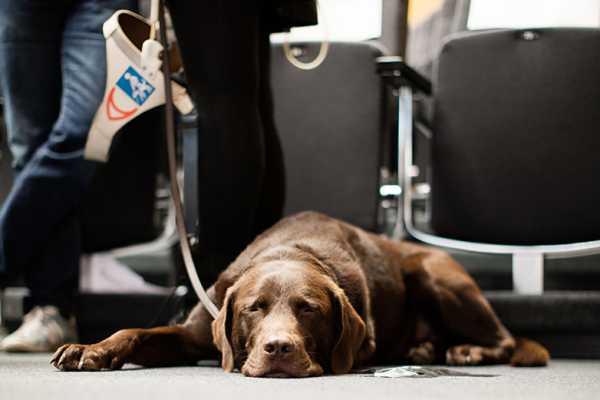 National Councillor Christian Lohr in interview with Nik Walter.
National Councillor Christian Lohr in interview with Nik Walter.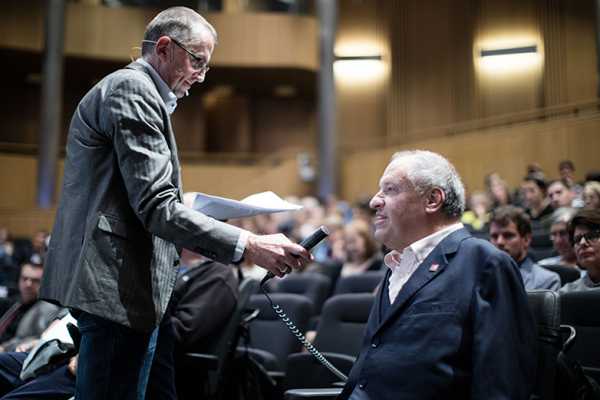 ETH Vice President Ulrich Weidmann during his speech.
ETH Vice President Ulrich Weidmann during his speech.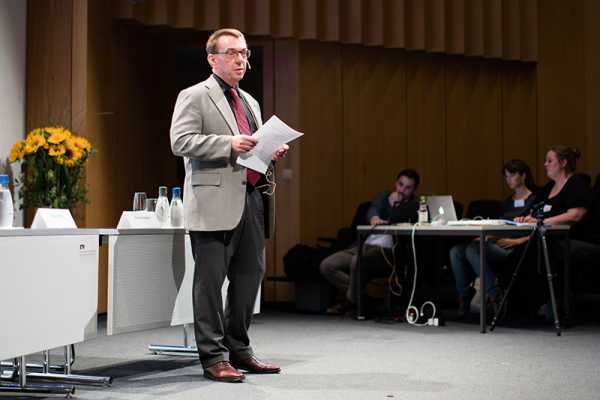 Karin Harrasser, Robert Riener and Andreas Rieder on the stage.
Karin Harrasser, Robert Riener and Andreas Rieder on the stage.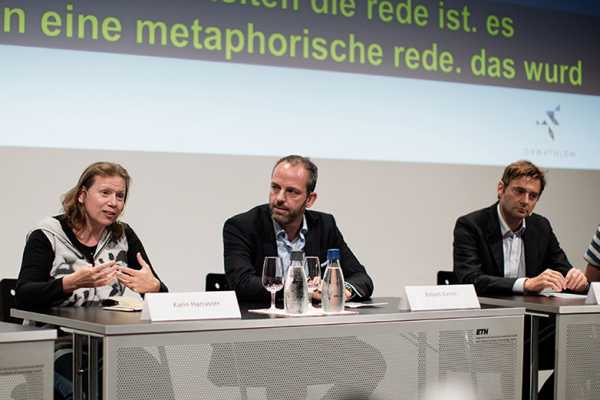 Brian McGowan during his presentation.
Brian McGowan during his presentation.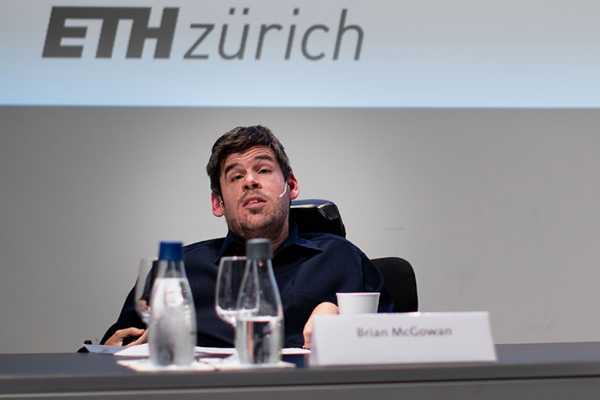 Captivated audience in the Auditorium Maximum.
Captivated audience in the Auditorium Maximum. Nik Walter leads the discussion.
Nik Walter leads the discussion.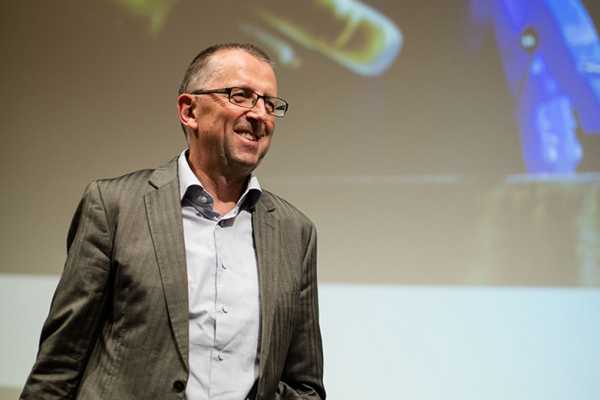
Book your Cybathlon tickets now
Be there on 8 October when the teams with the most ingenious technology and the most skilful test pilots will emerge victorious.
Tickets are available here: www.ticketcorner.ch

